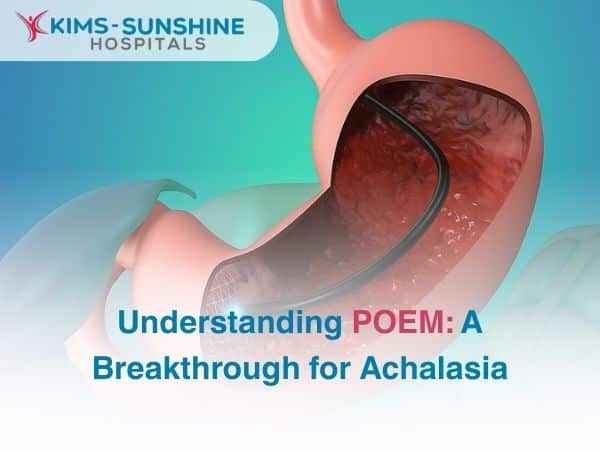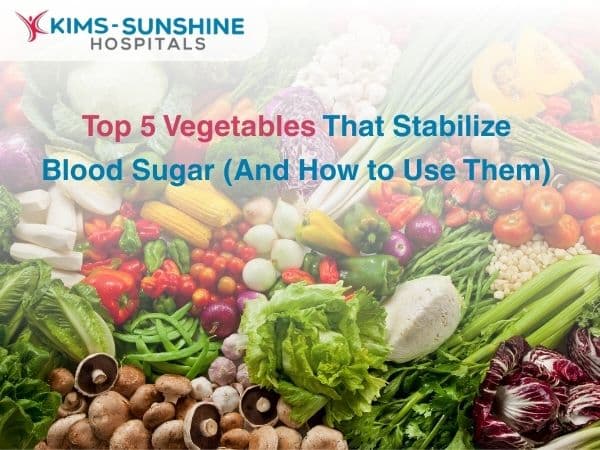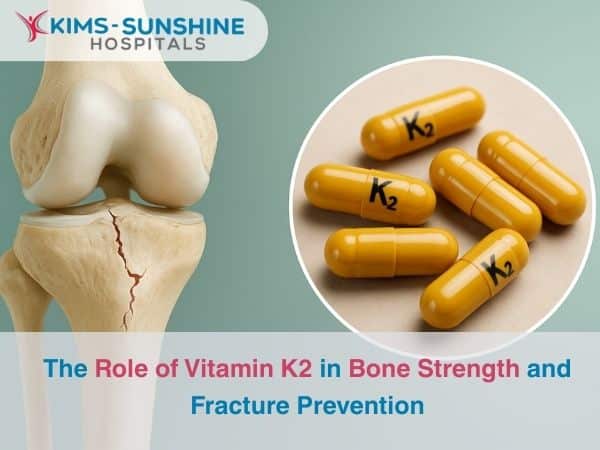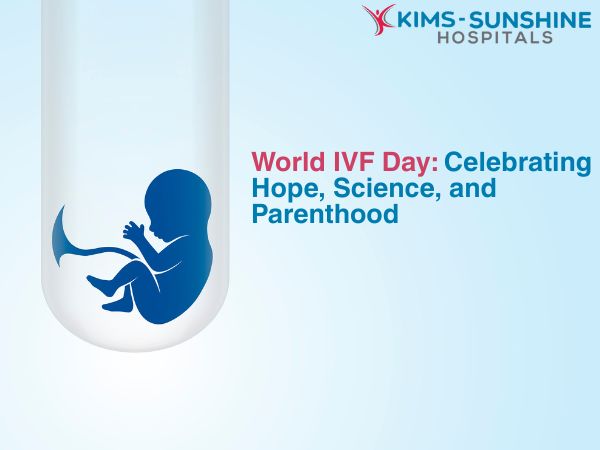
World IVF Day: Celebrating Hope, Science, and Parenthood
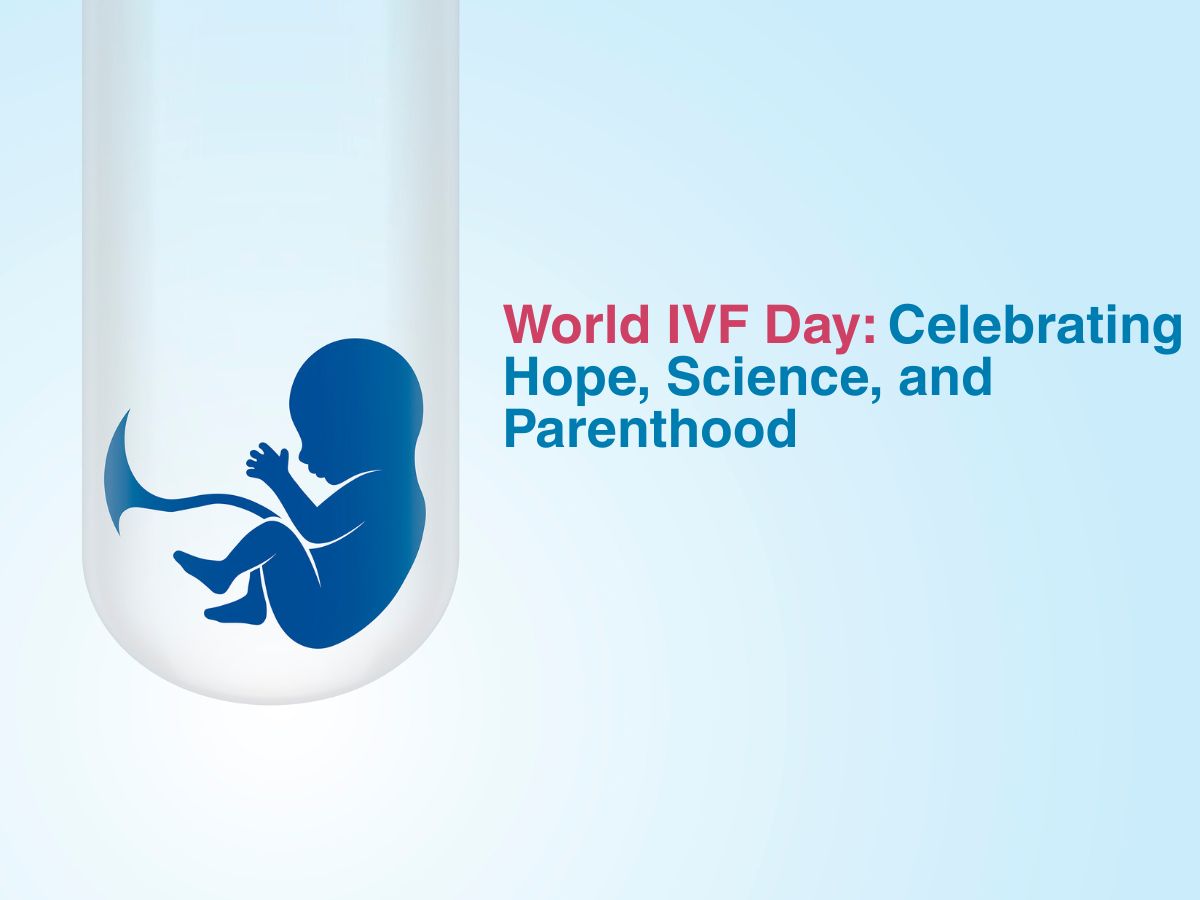
Introduction- What Is The Significance Of World IVF Day?
World IVF Day is not merely marked on the calendar. It is etched into the hearts of millions who once waited with quiet longing. 25th July is the day that commemorates the birth of the first-ever IVF baby, rightly named as Joy, short for Louise Joy Brown. But beyond scientific achievement, this day holds much more meaning . It is now celebrated as World IVF Day, as a day to celebrate hope, the potential of the human mind and our relentless spirit!
History Of IVF And The First Test Tube Baby
It began in a modest lab in 1978, in Oldham, England. A baby named Louise Joy Brown was born. Her middle name, “Joy”, was no accident; she was living proof that what seemed impossible could one day be cradled in loving arms. We often hear of Dr. Patrick Steptoe and Dr. Robert Edwards, but history would be incomplete without nurse and embryologist Jean Purdy. She was the first to see the fertilised embryo that became Louise. It was Jean who documented each trial, each heartbeat of the process and whose quiet brilliance laid the groundwork for future generations. What once required fate now had science as its ally.
Medical Advancements In IVF Treatment
From a once-experimental technique to a structured, globally accessible medical solution, IVF has grown by leaps and bounds. Here’s how IVF has evolved over the decades:
- Embryo Freezing (Vitrification): Embryos are preserved and then used when the patient is all set.
- Laser Assisted Hatching: This gave the embryo a better chance at attaching to the uterine lining.
- Preimplantation Genetic Testing (PGT): This advancement helped detect genetic disorders before implantation, improving the chances of a healthy pregnancy.
- Intracytoplasmic Sperm Injection (ICSI): This helped overcome severe male infertility by injecting a single sperm directly into an egg.
- Time-lapse Imaging: Through this imaging, doctors can monitor embryo development in real time, offering clearer insights for selection.
These advancements have broken barriers. They have offered couples, across cities, communities and age groups – the gift of life, on their terms!
What Happens During The IVF Process Step By Step
Behind the acronym is a delicate, highly structured process that balances timing, care, and biology.
- Ovarian Stimulation – Fertility medications stimulate the ovaries to produce multiple eggs. It’s closely monitored with scans and hormone tests.
- Egg Retrieval – Once mature, the eggs are gently collected using a thin needle under ultrasound guidance. It’s usually done under mild sedation.
- Fertilisation – Eggs are combined with sperm in a lab dish. In some cases, ICSI is used. The resulting embryos are observed as they grow.
- Embryo Culture – Over 3 to 5 days, the embryos develop. The best ones are selected for transfer, with the option to freeze the rest.
- Embryo Transfer – The chosen embryo is placed into the uterus using a thin catheter. It’s a quick, painless procedure and is the most hopeful part of the journey.
- The Wait – The two-week window after transfer is often the hardest. A blood test or a simple pregnancy test confirms if implantation was successful and pregnancy has begun.
Through each stage, it is not just the body being treated. It’s the spirit being held. IVF, in its truest form, is equal parts medicine and emotional care.
Conclusion
World IVF Day isn’t about headlines. It is about heartlines – the invisible ties between parents and children who haven’t yet met, but are already deeply loved. To those who have succeeded, we celebrate you. To those still trying, we see you and to those who’ve faced loss, know that science may handle the cells, the cultures and the statistics, but it is your spirit that carries the story forward! The journey to parenthood may be long, but it is lit with possibility. As science evolves, so does our belief that every kind of family deserves a beginning!


